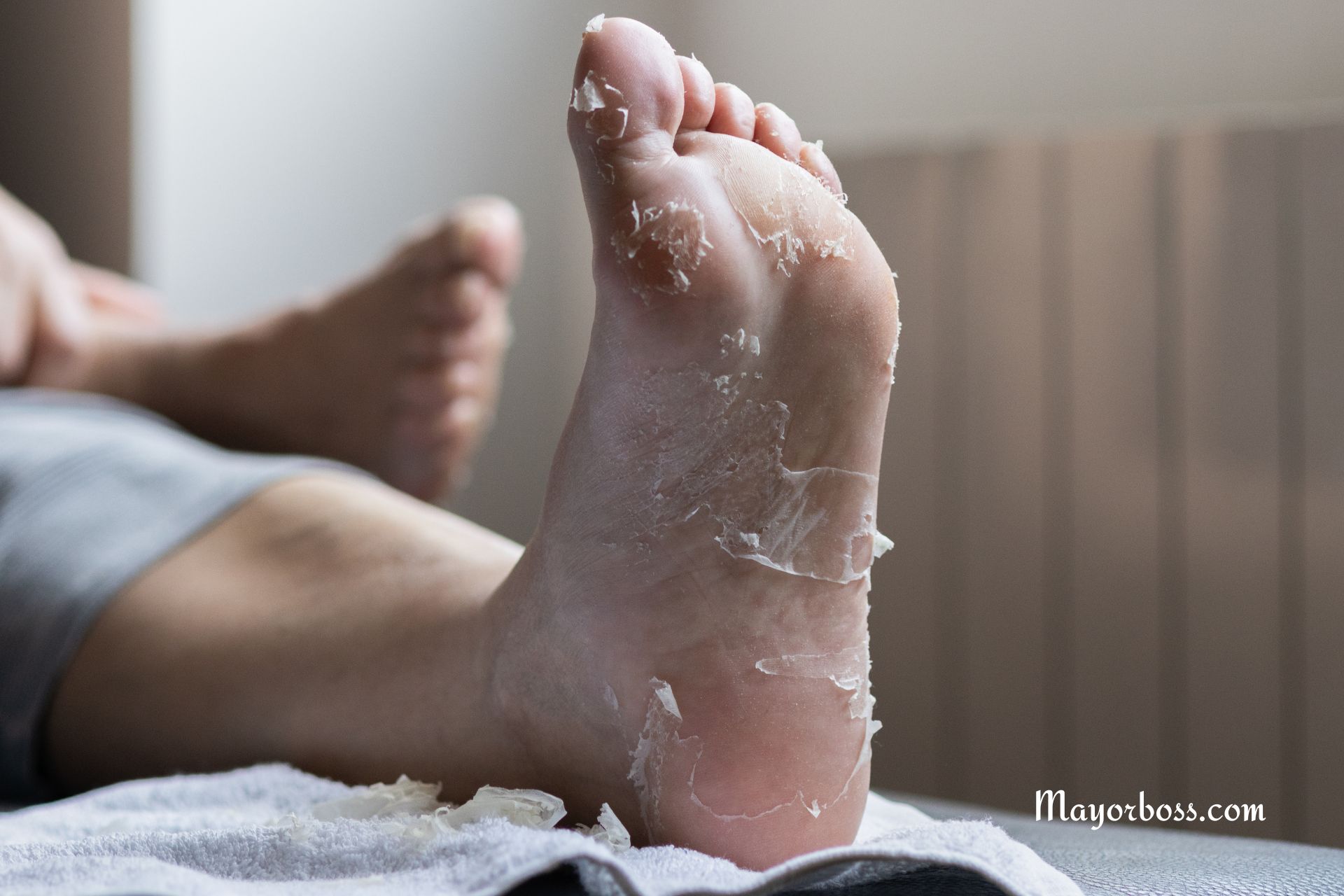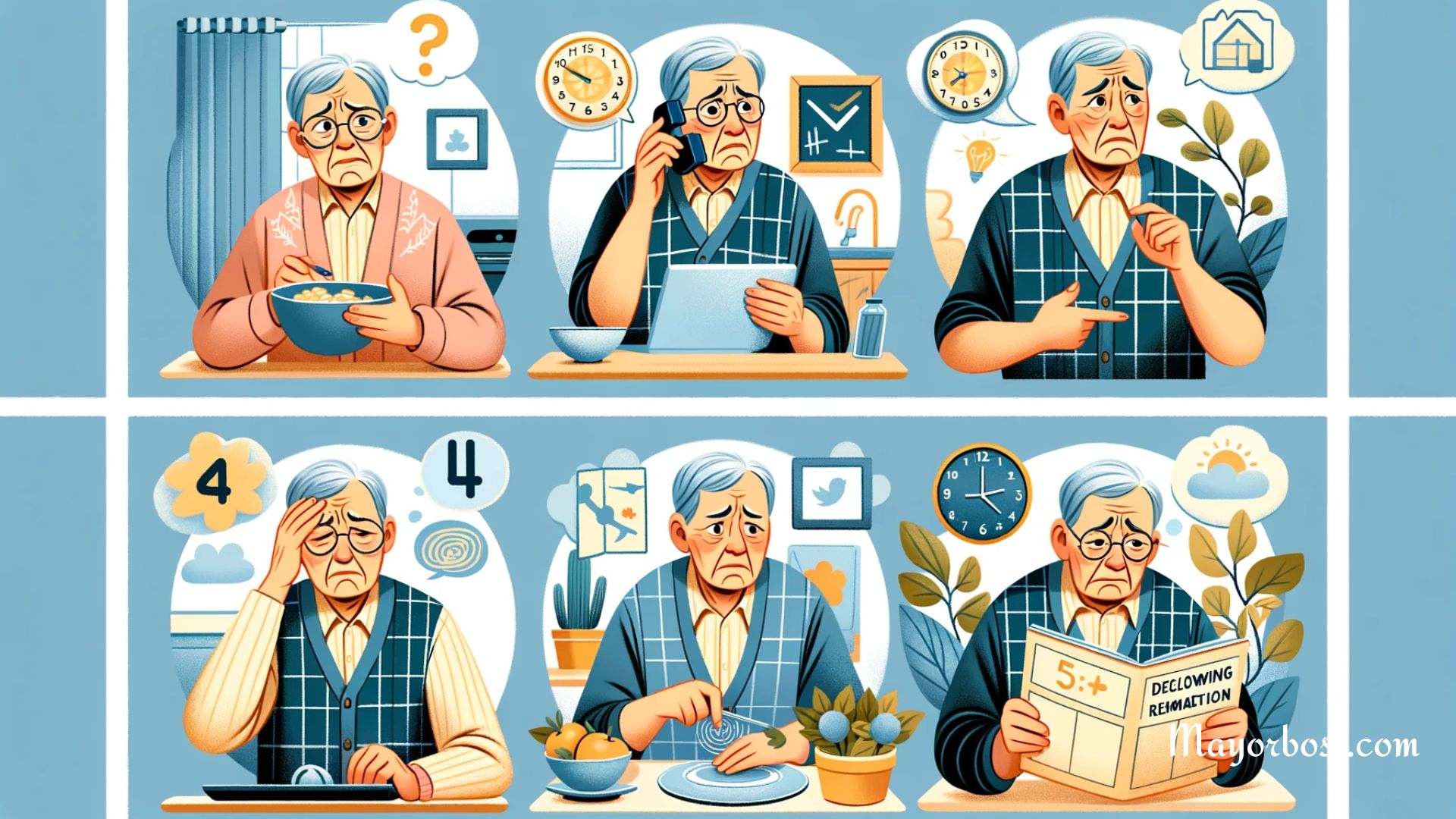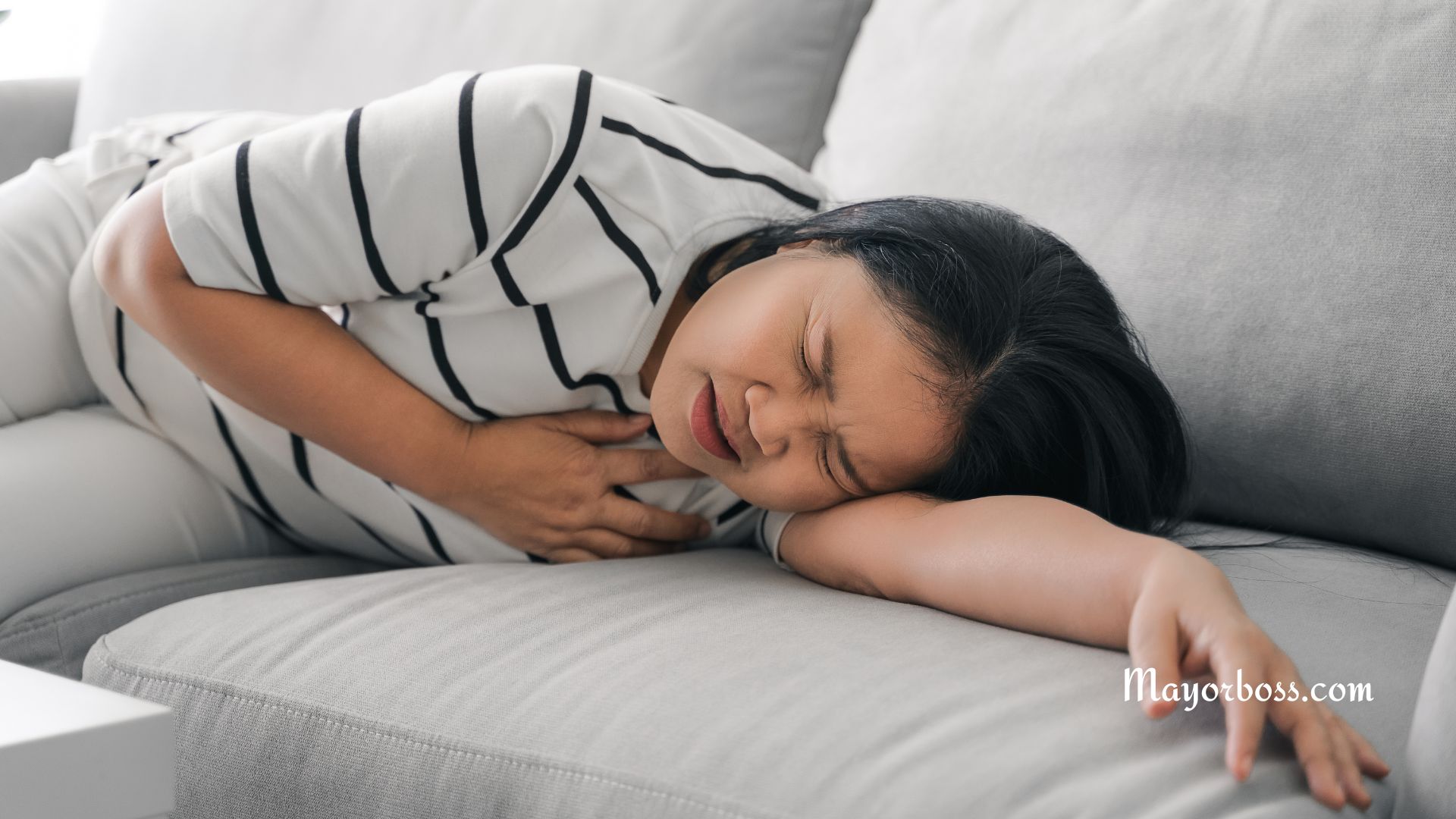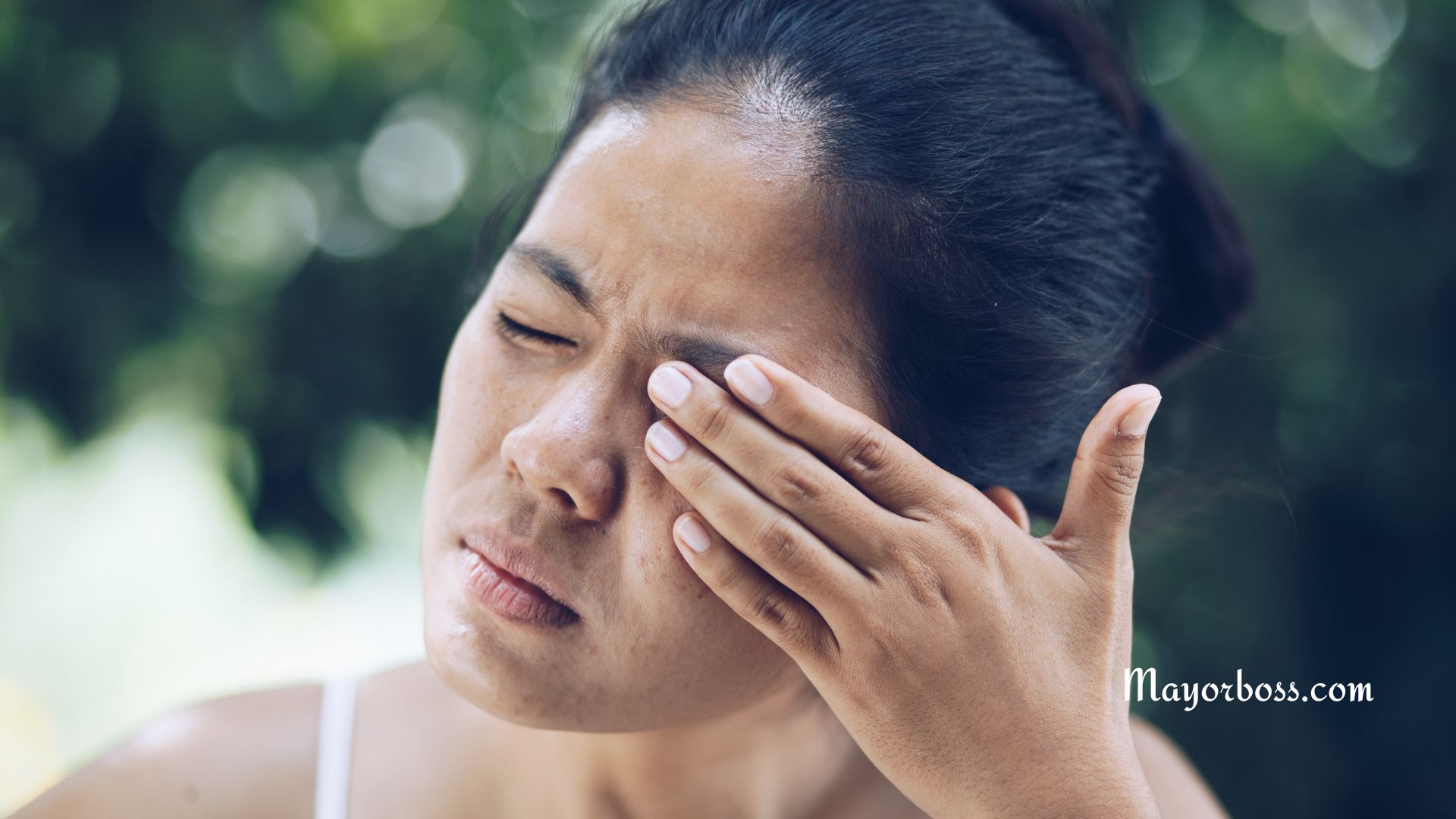Here’s Why You Should Never Blow Dry Your Hair Immediately After Your Shower
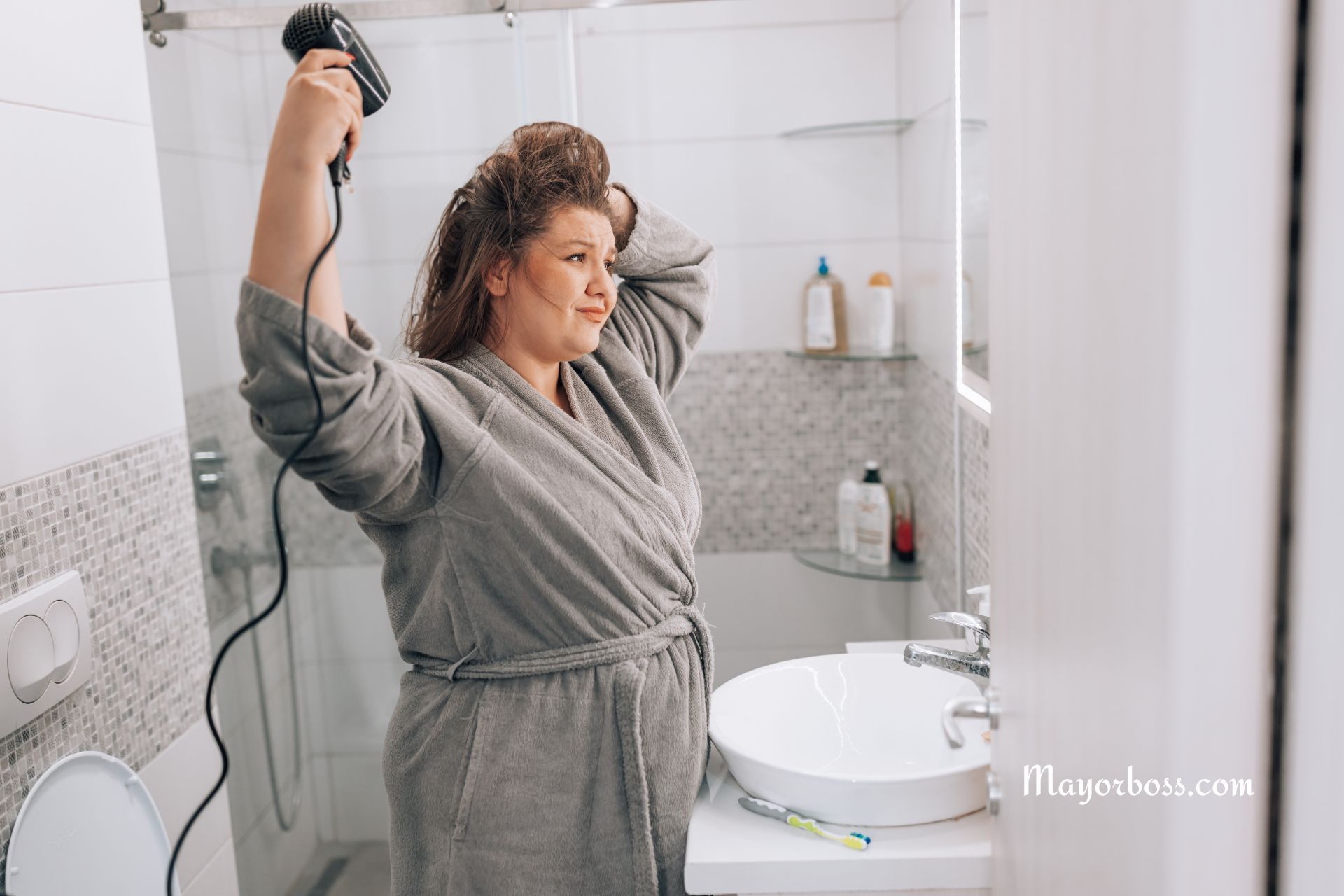
Blow-drying your hair right after a shower might seem like a quick fix to get ready in no time. But here’s the deal: doing so can lead to serious hair damage.
Yes, it’s true!
While blow-drying your hair can give you that sleek, styled look, the timing of when you do it matters more than you might think. Let’s take a close look at why you should avoid reaching for that blow dryer immediately after stepping out of the shower.
The Fragility of Wet Hair
Here’s the thing: your hair is at its weakest when it’s wet.
When your hair is soaked, it’s more elastic and prone to breakage. Blow-drying wet hair can cause it to stretch beyond its limit, leading to split ends and breakage. It’s like tugging on a rubber band until it snaps.
Too true, right?
Why Wet Hair Is More Vulnerable
Water weakens the hydrogen bonds in your hair. When your hair is wet, these bonds are temporarily broken, making your hair more elastic and less resilient. If you apply heat from a blow dryer at this stage, you risk causing irreversible damage.
Heat Damage and Your Hair
Now, let’s talk about heat. Blow dryers work by blasting hot air onto your hair, which can dry it out too quickly. This rapid drying process can cause the hair cuticle (the outer layer) to crack, leading to frizz and dullness.
And you know what? Repeated exposure to heat can make your hair brittle and prone to breakage.
Damage to Hair Cuticles
As previously mentioned, when your hair is wet, it’s at its most vulnerable state. Wet hair has a weakened cuticle layer, which is the protective outer layer of your hair strands. Blowing hot air on wet hair can cause these cuticles to lift, leading to rough, brittle hair. So, what’s the result? Increased breakage and split ends.
The Right Way to Blow Dry Your Hair
So, what can you do about it? Here’s a better approach to blow-drying your hair:
Towel Dry First
Gently blot your hair with a towel to remove excess water. Avoid rubbing your hair vigorously, as this can cause friction and breakage. Instead, use a microfiber towel or an old T-shirt, which is gentler on your hair.
Let Your Hair Air Dry
If you have time, let your hair air dry until it’s about 60-70% dry. This reduces the amount of time your hair is exposed to the heat of the blow dryer, minimizing potential damage.
Use a Heat Protectant
Before you start blow-drying, apply a heat-protectant spray. This product tremendously forms a barrier between your hair and the heat, therefore decreasing the possibility of damage. Make sure to distribute it evenly for the best protection.
Blow Dry on a Low Heat Setting
When you do blow dry, use the lowest heat setting possible. Hold the dryer at least six inches away from your hair and keep it moving to avoid concentrating the heat in one spot.
Use the Right Tools
Invest in a good-quality blow dryer with adjustable heat settings and a nozzle attachment. The nozzle helps direct the airflow more precisely, reducing the likelihood of damage.
Frequently Asked Questions
How Long Should I Wait Before Blow Drying My Hair?
Ideally, you should wait until your hair is at least 60-70% dry before using a blow dryer. This reduces the time your hair is exposed to heat and minimizes damage.
Can I Use a Blow Dryer Every Day?
While it’s best to limit heat styling, if you need to use a blow dryer daily, make sure to use a heat protectant and keep the heat setting low. Additionally, give your hair regular breaks from heat styling to recover.
What Are Some Alternatives to Blow Drying?
Air drying is the best alternative. However, if you’re in a hurry, consider using a cool setting on your blow dryer or a fan to help speed up the drying process without heat.
Does the Type of Towel Matter?
Yes! Using a microfiber towel or a soft T-shirt can reduce friction and prevent breakage. Regular towels can be too rough on your hair, leading to damage.
Conclusion
Blow-drying your hair right after a shower might seem like a quick fix, but it can lead to long-term damage. By allowing your hair to dry naturally first and using the right techniques and tools, you can keep your hair healthy, shiny, and strong.
The bottom line is this: patience and the right care can make all the difference for your hair’s health.


